Gray tiles, also known as grey tiles, encompass a wide spectrum of shades ranging from black to white. These neutral hues, including black, white, and their various gradations, are commonly used in interior design. Gray exists in a vast array of tones. In some variations, it blends with blue to create cooler shades, while in others, it combines with warmer colors like yellow to produce a warmer gray.
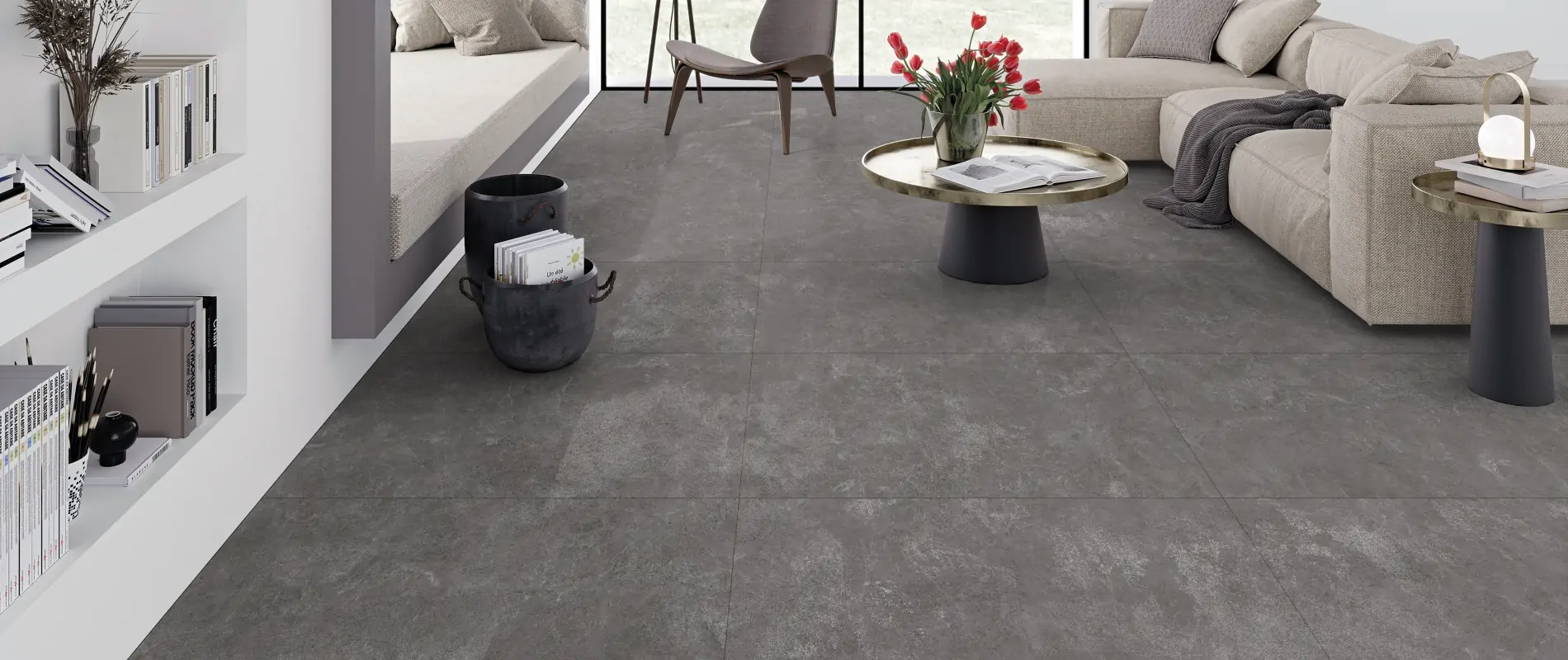
Gray has permeated virtually every modern industry, including fashion, apparel, architecture, furniture, and even tiles and ceramics. This article focuses on the production of traditional colored tiles. As various industries, like tile manufacturing, have modernized, neutral colors like black and gray have also made their way in. Gray tile production has become increasingly popular, with mass production taking place in various cities across our country.
In this article, we will provide you with essential tips for purchasing gray tiles.
Key Points to Consider When Buying Gray Tiles:
- Shade Selection: Gray tiles come in a wide variety of shades, from light to dark. Carefully consider the overall ambiance you wish to create in your space when selecting a shade. Lighter shades can make a room feel more spacious and airy, while darker shades can add depth and sophistication.
- Finish: Gray tiles are available in various finishes, including matte, glossy, and textured. Matte finishes provide a subtle, understated look, while glossy finishes reflect light, enhancing the vibrancy of the space. Textured finishes add visual interest and dimension to walls and floors.
- Size and Pattern: Gray tiles are available in various sizes and patterns, from classic subway tiles to larger format tiles and intricate patterned designs. Consider the size of the space and the desired aesthetic when selecting the tile size and pattern.
- Material: Gray tiles are made from various materials, including ceramic, porcelain, and natural stone. Each material offers unique characteristics in terms of durability, water resistance, and appearance.
- Application: Gray tiles can be used for various applications, including walls, floors, backsplashes, and countertops. Consider the intended use of the tiles when making your selection.
- Professional Consultation: Consult with a professional interior designer or tile expert to guide you through the selection process and ensure you choose the most suitable gray tiles for your project.
- Sample different shades and finishes of gray tiles in your space to visualize the final look.
- Consider the overall color scheme of your décor when selecting gray tiles.
- Ensure the tiles you choose complement the architectural style of your home.
- Maintain the tiles properly to preserve their beauty and longevity.
By following these guidelines and tips, you can make informed decisions when purchasing gray tiles and enhance the aesthetic appeal of your interior spaces.
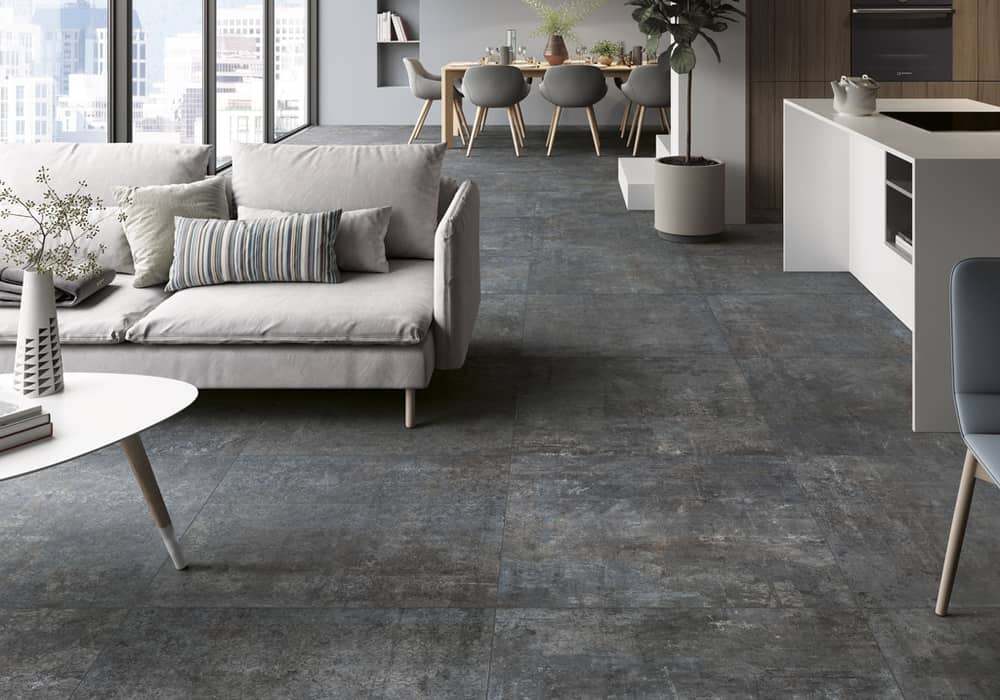
Distinguishing Gray and Grey Tiles
In reality, there is no distinction between gray and grey tiles. The term “gray” is simply an alternate spelling of “grey,” and both refer to the same shade. Gray is a neutral hue derived from a combination of black and white. The proportion of these two colors determines the specific shade of gray. Occasionally, other colors like yellow or blue may be incorporated into the black-and-white mix, resulting in warmer or cooler variations of gray tiles.
Complementary Color Combinations for Gray Tiles in Interior Design
As mentioned earlier, gray is a versatile neutral color and one of the most popular modern tile choices. Gray tiles can be employed in various areas of both interior and exterior décor. Their adaptability allows them to harmonize with a wide spectrum of colors, enhancing your overall design scheme.
Harmonious Color Pairings for Gray Tiles:
- Cool Colors: Gray tiles complement cool tones like blue, purple, and turquoise, creating a serene and refreshing ambiance.
- Warm Colors: For a vibrant and energetic atmosphere, pair gray tiles with warm hues like orange and yellow.
- Bold Contrasts: Gray tiles can also be paired with bold colors like red, burgundy, cream, green, and pink, creating striking and eye-catching contrasts.
Remember, the key to successful color coordination lies in understanding the balance and harmony between different shades. Experiment with various combinations to discover the perfect palette for your unique space.
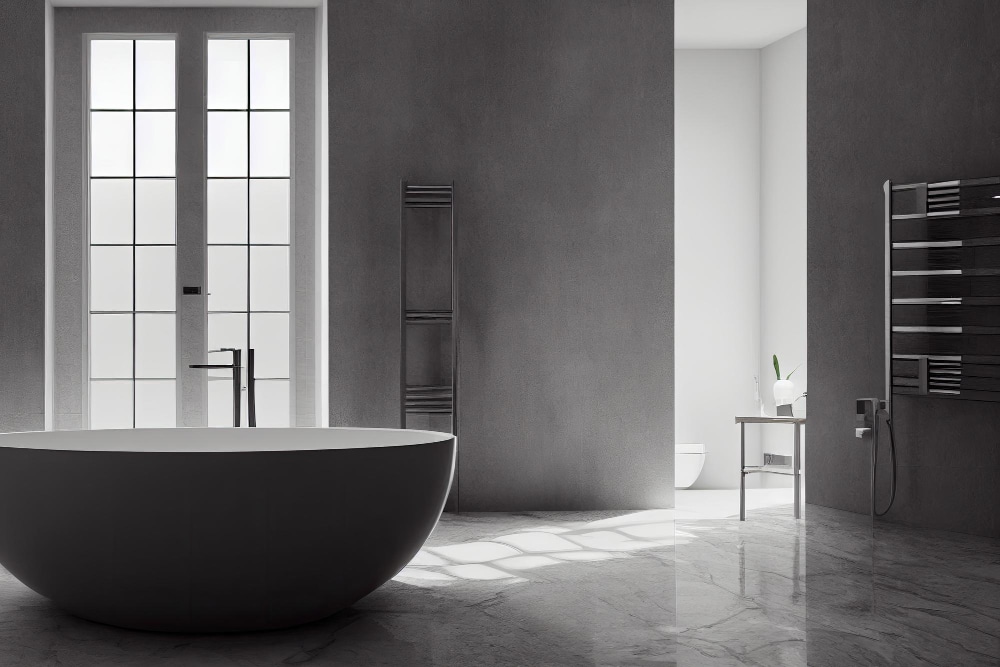
Gray Tiles: Beyond Aesthetics, a Multifaceted Solution
Gray tiles not only enhance the visual appeal of your space but also offer a multitude of practical benefits, making them a versatile choice for various applications. Their exceptional resistance to sunlight, heat, water, moisture, frost, impact, and acidic cleaning agents ensures their durability in demanding environments.
Gray Floor Tiles: A Balance of Beauty and Functionality
Gray floor tiles are a prime example of where aesthetics meet functionality. While their elegant appearance elevates the ambiance of any space, they must also possess essential qualities to withstand the rigors of daily use.
- Impact Resistance: Floor tiles, especially in high-traffic areas, must be resilient to withstand impacts from furniture, foot traffic, and dropped objects. Gray tiles renowned for their impact resistance make them an ideal choice for busy spaces.
- Water and Moisture Resistance: Floor tiles are constantly exposed to moisture, making water and moisture resistance crucial. Gray tiles excel in this regard, preventing water damage and ensuring the longevity of your flooring.
Color and Size Considerations for Gray Floor Tiles:
- Color: Darker shades of gray can make a space appear smaller and dimmer, while lighter shades can create a more spacious and airy feel.
- Size: Smaller tiles tend to make a room appear more crowded, while larger tiles can contribute to a sense of openness.
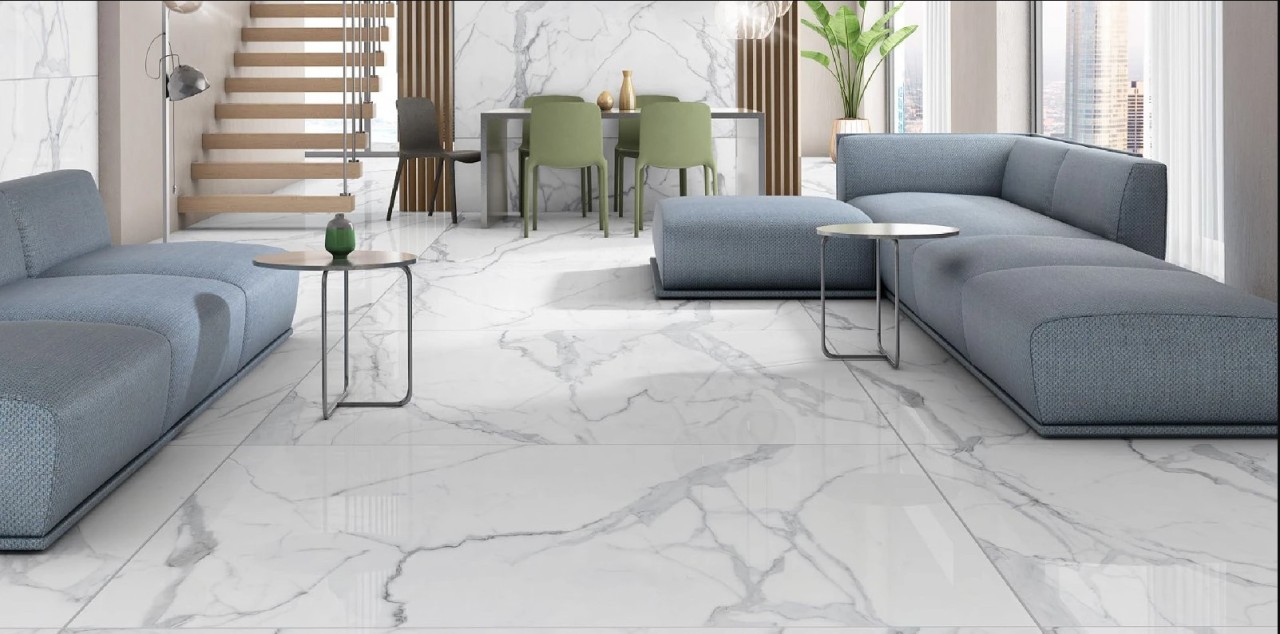
Gray Kitchen Tiles: Enhancing Functionality and Aesthetics
The kitchen, being the heart of the home, demands both functionality and visual appeal. Gray kitchen tiles excel in both aspects.
- Impact and Pressure Resistance: Kitchens are bustling with activity, and the tiles must withstand the impact of utensils, appliances, and heavy items. Gray tiles, known for their impact resistance, can endure the rigors of a busy kitchen.
- Heat Resistance: Cooking generates heat, and kitchen materials must be able to withstand it. Gray tiles are heat resistant, preventing damage from hot pots, pans, and spills.
Gray Bathroom Tiles: A Haven of Serenity
For a bathroom that exudes tranquility and sophistication, gray bathroom tiles are an excellent choice.
- Porcelain Tiles: Porcelain tiles, with their low water absorption and exceptional resistance to pressure and water, are ideal for bathrooms.
- Aesthetic Appeal: Gray bathroom tiles create a sense of calm and serenity, transforming your bathroom into a relaxing retreat.
Conclusion:
Gray tiles transcend mere aesthetics, offering a combination of beauty, durability, and versatility that makes them a top choice for interior designers and homeowners alike. Their ability to complement various design styles and withstand the demands of different environments makes them a timeless and practical solution for any space.
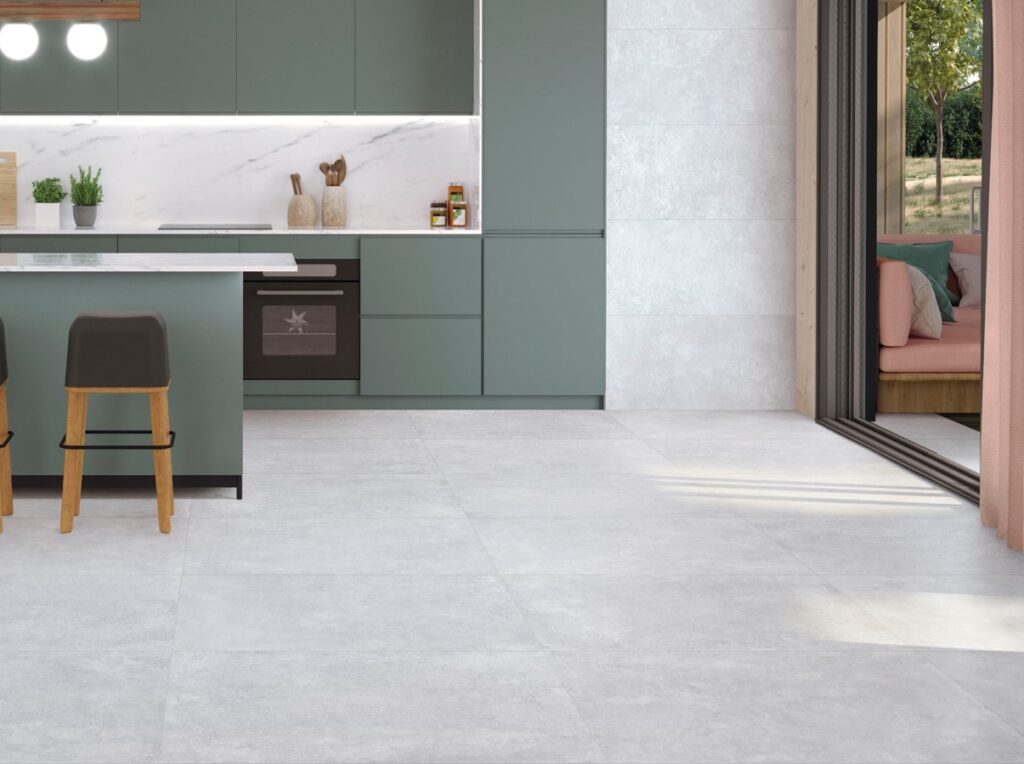
Distinguishing Gray Tiles from Gray Ceramics: Unveiling the Hidden Differences
While you might perceive gray tiles and gray ceramics as identical, they are actually distinct materials with inherent differences in composition and resilience. Gray ceramics, fired at higher temperatures and subjected to greater pressure during the pressing process, exhibit superior resistance to water, moisture, and impact compared to their tile counterparts.
Gray Ceramics: The Ideal Choice for Demanding Environments
Gray ceramics are particularly well-suited for areas prone to impact and moisture exposure, such as floors, bathrooms, showers, and sinks. Their exceptional durability ensures they can withstand the rigors of daily use in these demanding environments.
Gray Tiles: Embracing Beauty and Versatility
Gray tiles, on the other hand, excel in the realm of aesthetics. The glazing process employed during tile production results in a thicker layer of glaze, enhancing the overall appearance of gray tiles. This makes them a popular choice for wall applications and areas where visual appeal takes precedence over extreme durability.
Selecting the Right Material: A Matter of Application
The choice between gray tiles and gray ceramics ultimately depends on the specific application. For high-traffic areas and locations prone to water exposure, gray ceramics are the clear frontrunner. However, when prioritizing aesthetics and visual impact, gray tiles emerge as the superior choice.
Expert Consultation: A Wise Investment
Before embarking on your gray tile or ceramic purchase, seeking guidance from experienced professionals is highly recommended. Their expertise will ensure you select the most suitable material for your specific needs and space.
Pricing and Purchasing Considerations
The pricing of gray tiles and ceramics varies based on factors such as material type, design, cut style, dimensions, and brand. Given the wide range of options and the unique requirements of each project, providing a single price point is impractical.
To ensure the quality and suitability of your gray tile or ceramic selection, we encourage you to purchase from our reputable establishment. Our commitment to customer satisfaction guarantees that you will receive the perfect material for your project.
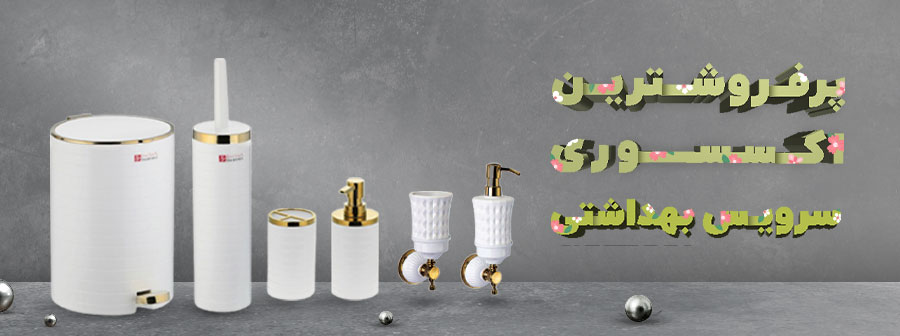



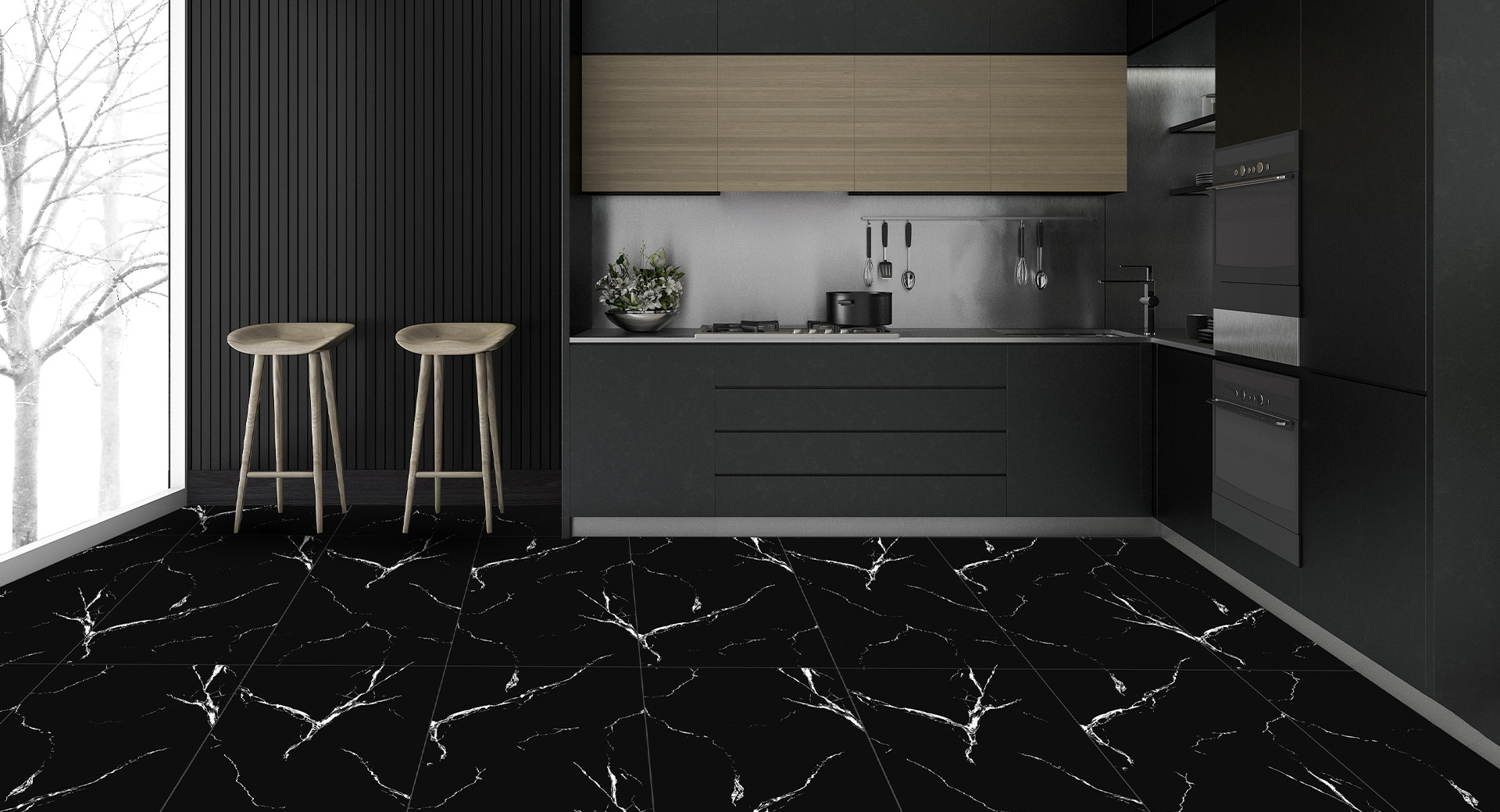

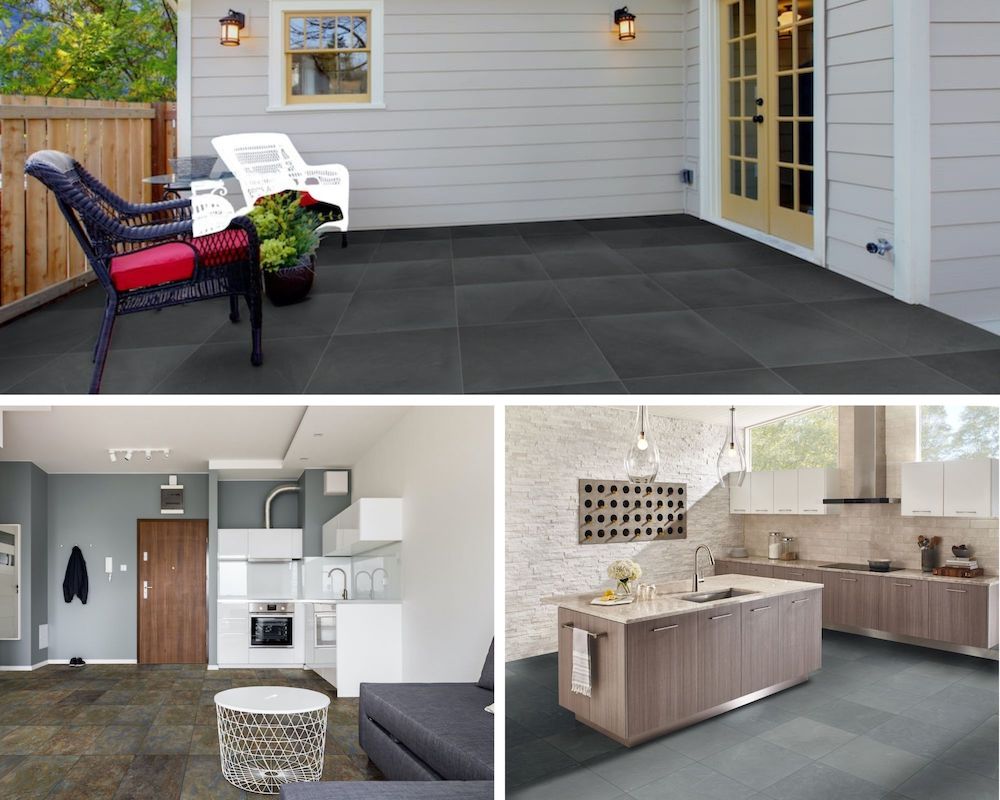
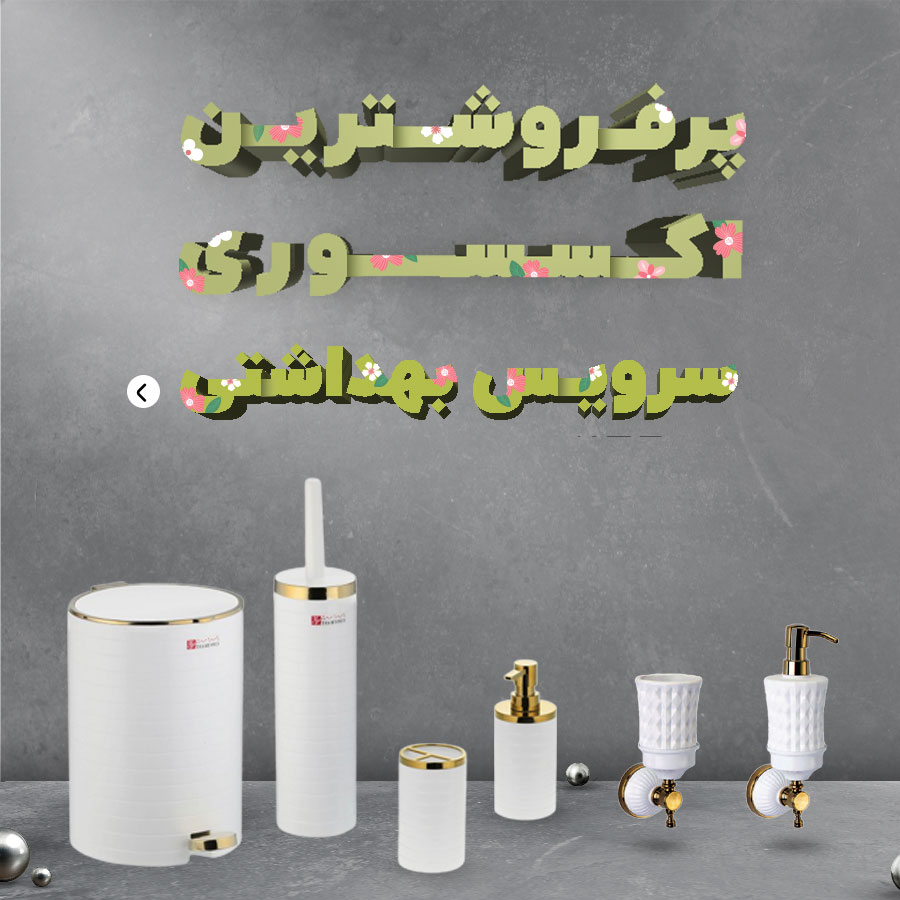

نظرات ۰